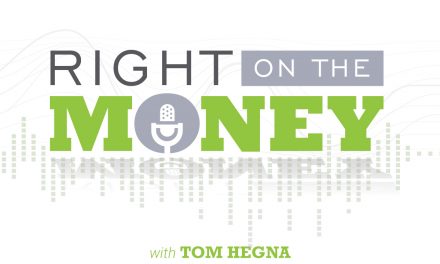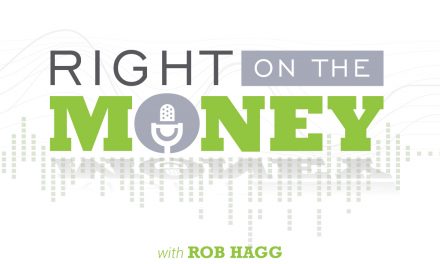Maximizing income and minimizing taxes can offset the cost of longevity.
Retirees eager for Uncle Sam’s gifts generally benefit by delaying that bounty and making a long-term “we” decision that their spouse must live with. Postponing the monthly payment and other measures can keep taxes – usually the biggest expense in retirement – down and provide more spendable income. Watch the interview with Brian Minier, MBA, IAR.
Ironically, workers who have left traditional careers – and the accompanying salaries and benefits – can achieve healthy “pay increases” in retirement and returns rarely seen in today’s markets. By viewing their Social Security benefit as their new salary, and by delaying the onset of payments from age 66 to 70 and receive an 8% simple interest increase in their monthly paid benefit. The ripple effect can amount to tens of thousands of dollars, or more, over time. A prudent decision is driven by the fact that surviving spouses are bound by the base payment, and generally modest cost of living increases, if and when they occur. Three of six recent years had no cost of living increase.
The delayed-onset scenario assumes that other assets can carry expenses during the Social Security wait time. However, if the retiree is somewhere in between and can’t wait until age 70 for Social Security payments to begin, there are bridging remedies capable of providing income and tax relief without adversely impacting the Social Security calculation.
While a Roth IRA quickly comes to mind, many people don’t think of cash-value life insurance as a source of tax-free income. Policy loans are tax-free when taken from the growth of a properly structured policy and kept in force for the life of the policy insured. Not only are there liquidity benefits to owning life insurance policies, experiencing growth via loans are not reportable as income on your 1040. Considering the capital gains and risk components of equities, life insurance can be an attractive retirement plan alternative.
Roth IRAs, either native or by conversion from traditional, also produce tax-free income and are free from required minimum distributions that can impact AGI. Care must be taken with conversions so as to not push the retiree into the next highest tax bracket, know in the trade as “bracket bumping.” Conversions can be staged over multiple years to spread the impact.
All in all, Roth IRAs, life insurance and restraint in initiating monthly Social Security payments can contribute positively in the search for more spendable income
Syndicated financial columnist Steve Savant interviews top retirement specialists in their field of expertise. In this segment we’re talking to investment adviser representative Brian Minier, MBA. Right in the Money is a financial talk show distributed in daily video press releases to over 280 media outlets and social media networks.




